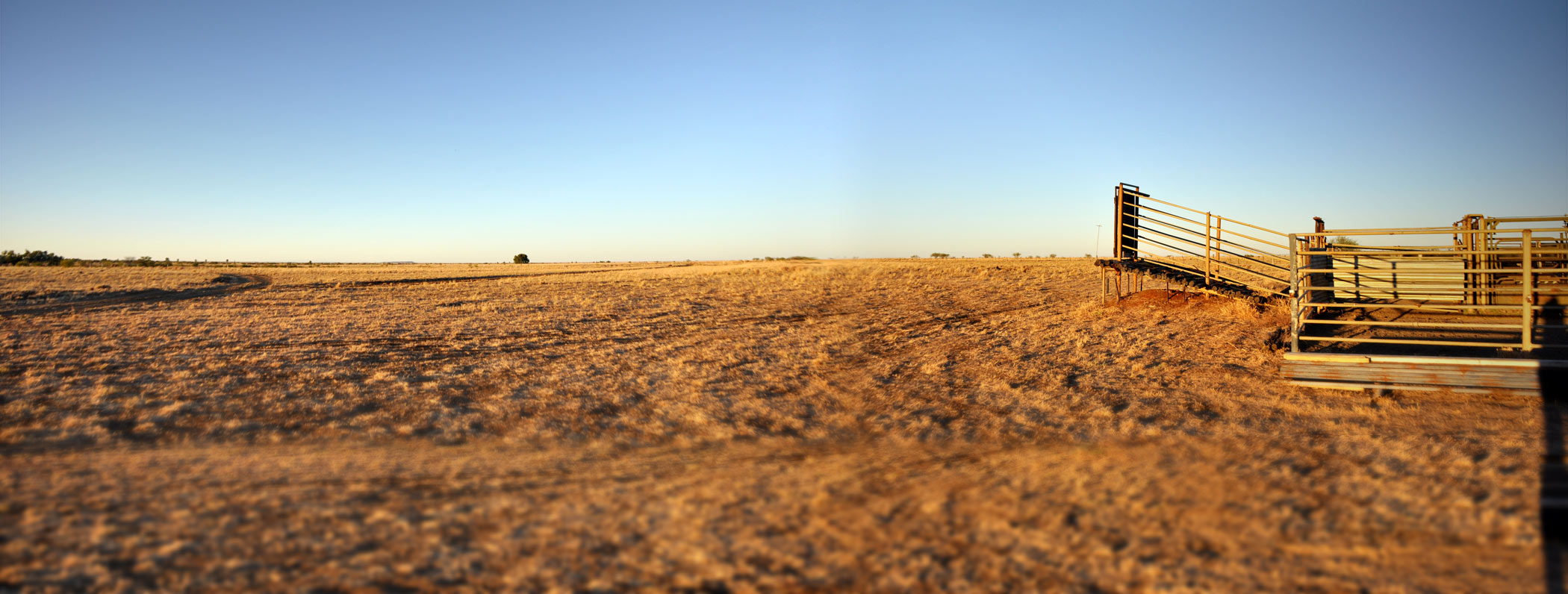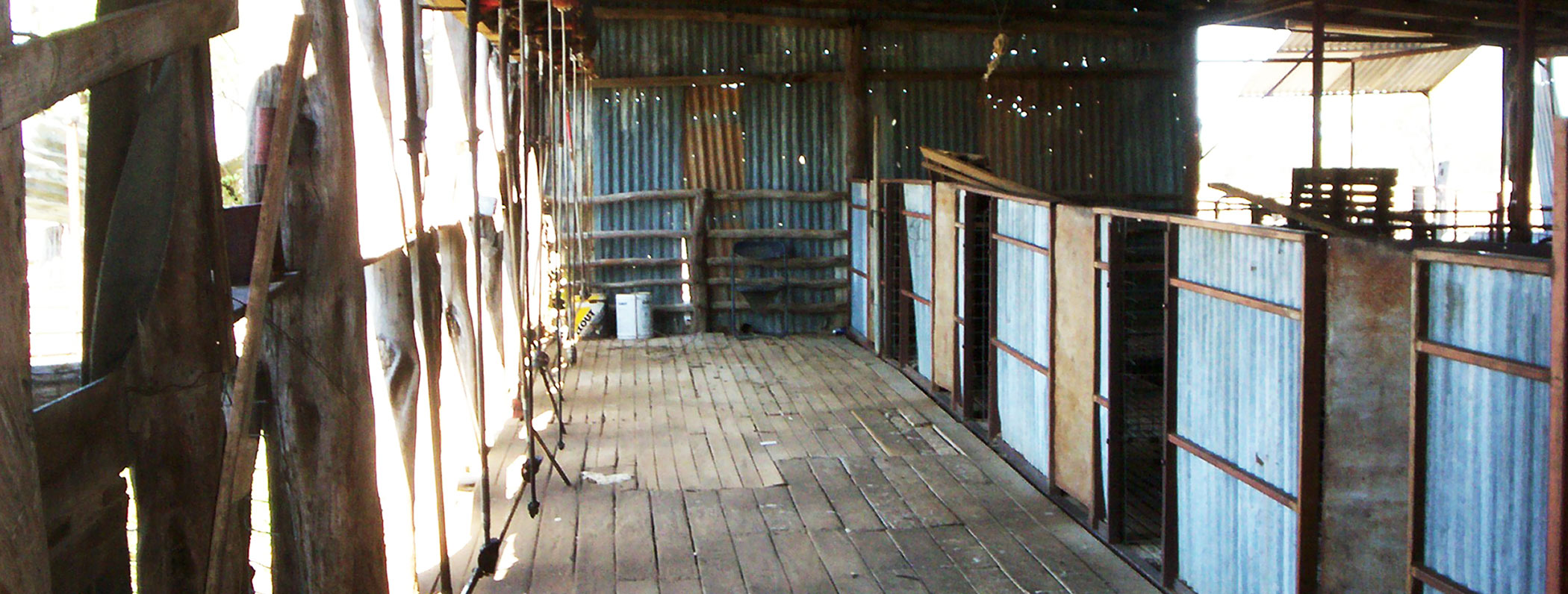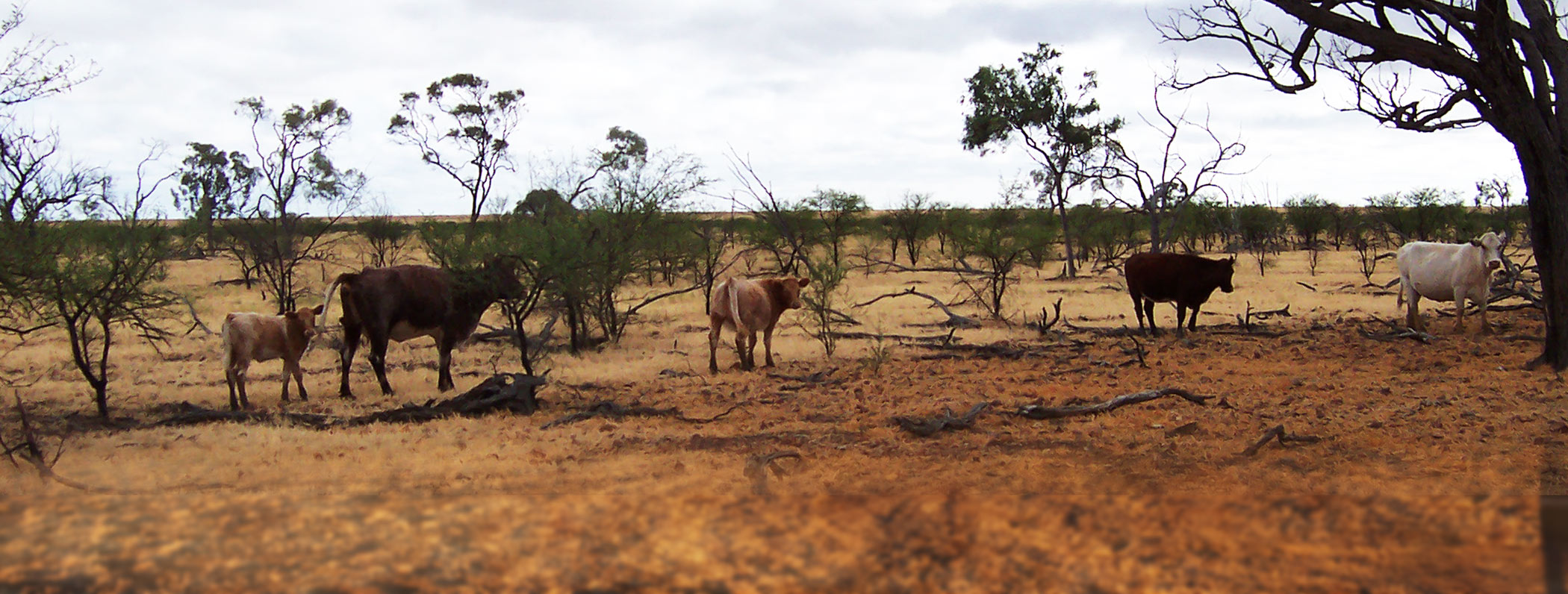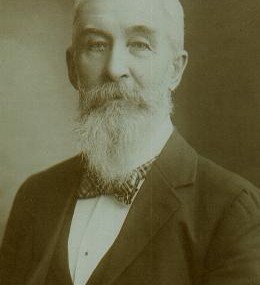Family History
E. R. Edkins
E. R. Edkins was born at Bridgenorth in England on the 10th January 1840, the day Row and Hill introduced Penny Postage in England and for this reason he was called Rowley. His father, Thomas, was a school teacher and later owned a printing business: he died in 1849.
E. R. Edkins came to Australia in 1852 with his mother and settled in Melbourne and as a young man he worked on stations in Victoria. He first came to the Gulf country in 1858, with his great friend, Mr. Cornish, who planned to establish a cattle station at Beam’s Brook near Burketown, but owing to Mr. Cornish contraction Gulf Fever, the project was abandoned and they returned south where Mr. Cornish died. E. R. Edkins again came north in 1862, droving cattle for Glen Walker and James Gibson, 1,500 head. At Rockhampton he was asked to supervise the movement of another 800 head and so the two mobs travelled a day apart. E. R. Edkins often spoke of being with James Gibson at Cargoon and while there building himself a log cabin which was known for many years as “Edkins’ Hut”. The 1,500 cattle were spread over Bluff Downs, Mary Vale and Wando Vale: to hold the lease, these properties had to be stocked before April 1863. From Cargoon, E. R. Edkins returned to Victoria and learned to inoculate for pleuro-pneumonia, and he was the first to do this in Queensland. He was employed by Glen Walker to inoculate his herds around Rockhampton and on completion took 2,000 cows for this gentleman out to Wando Vale. He was then employed to move 8,000 cattle in different mobs to other holdings. In 1864 E. R. Edkins went to Burketown to establish and manage a Boiling Downs Works for Messrs Walker, Morehead and Young but only remained there for about a year. While there he met William Landsborough, the explorer, who was then on his way to search for the ill-fated Burke and Wills expedition and they became firm friends.
E. R. Edkins’ next move was to drove 3,000 bullocks from the Albert River to Menindie Station, on the Darling and to him it is thought belongs the honour of being the first man to travel this long route. From there he went to Melbourne for a holiday with his sister, Mrs Kate Barrett, and there met and married my mother, Edwina Huey, whose father was one of the first doctors in Tasmania.
E. R. Edkins was again offered the management of Beanes Brook, which he accepted. He and his bride travelled by ship to Bowen, and then overland, a long journey, meeting with many adventures on the way, such as running short of provisions, being attacked by blacks, and crossing flooded rivers. Mrs. Edkins could not swim, so on several occasions she had to be towed across in a tub. Beanes Brook in those days was hard to manage, having 18,000 head of cattle on unfenced country. The blacks were very troublesome among the cattle, and dangerous to the lives of the white people. Mrs. Edkins’ brother, on a visit from India, was killed with two other station employees within 25 miles of the homestead, although all were armed. She had to learn to use firearms, and several times had to defend herself when attacked by blacks during E. R. Edkins absence on the run. She told the story how one night she woke to see fames through the cracks of the slab walls. Looking out she saw a number of blacks dancing round a huge bonfire. For a few minutes she could not think what to do, then loading all firearms she could lay her hands on, fired them as quickly as possible from the different cracks in the walls to make the blacks think the men had returned. This evidently frightened the blacks, as they ran towards the creek. When she thought it was safe to venture out she had to rouse the Chinaman cook from his hiding place, to help her put out the fire.
After a few years, owing to the low prices of cattle, and the outbreak of black fever in Burketown, it was decided to abandon Beams Brook, in fact a good deal of the Gulf country was abandoned at this time. Burketown was almost completely wiped out by black fever, a sickness brought to that port by a boatload of dead and dying men. E. R. Edkins’ brother, better known as “Daddy” Edkins, having a little medical knowledge, went to the help of the Burketown people, but he contracted the dreaded fever and died. The Edkins also lost their two eldest children. The company decided on moving the cattle from Beanes Brook to Bowen Downs, a huge extent of country taken up by William Landsborough, Buchanan, Glen Walker, Robert Morehead, and Young in 1862. Mrs. Edkins with her baby son, the late Rowland Edkins of Binibah, Longreach, travelled with E. R. Edkins on this long and difficult journey. They crossed to the Flinders, which they followed down to Hughenden Station, then owned by Ernest Henry and Robert Gray, on to Lammermoor, then owned by Robert Christison, and then to Tower Hill, which adjoined Bowen Downs.
They had with them on this trip only two white men, Mick Buckley, who was afterwards a well-known carrier between Bowen and Mt. Cornish, and Dan Lyons who later did a lot of droving for Mt. Cornish. The rest were their faithful Kanaka servants and several blackboys. Mrs. Edkins drove the waggonette, and Mick Buckley the team with all supplies, behind which was tethered a goat for the baby. One day the team went over a sapling which, when released rose under the goat, killed poor nanny instantly, so baby Edkins had to go without his milk. With these cattle my father formed Mt. Cornish. It was then known as the Mud Hut, an outstation of Bowen Downs. Boyd Morehead was manager of the sheep, E. R. Edkins taking over the management of the cattle, and all the frontage of the Thomson River, about 150 miles, and called it Mt. Cornish, after his old friend. In this mud hut with bark roof Mrs. Edkins lived for six years without seeing another white woman. Then E. R. Edkins built a wooden house of timber sawn on the run, and later a house of stone, which still stands today.
Goods came from Bowen by bullock team, and mail by packhorses, also from Bowen, but they were often delayed for weeks, even months on the road by flooded creeks and other things. On one occasion when owing to an early wet season they were some four or five months without flour, tea, sugar or soap. E. R. Edkins always endeavored to get our supplies in well before Christmas, but on this occasion the carriers got caught before they reached the crossing of the Suttor River, which remained in flood for weeks. So many carriers were camped there that when the water subsided they build and corduroyed a crossing to enable them to get over, and such good work was put into it that it remained for many years. When the teams came with the provisions and the children heard the sound of the bells and cracking of the teamster’s whips, they would rush out, shouting with excitement, for this was often their only contact with the world for months on end. During the time of the food shortage our diet consisted of meat, pumpkin, sweet potatoes and milk. My mother even managed junket, making it from dried lining of a calf’s stomach.
Nat Buchanan passed through on one of his exploring trips about this time and gave Mrs. Edkins a little tea for herself, and flour and sugar to make biscuits for the children. Mrs. Edkins said she had never tasted anything as delicious as that tea. She had many ways of making a house comfortable out of crude materials, making chairs out of the sacks the dried apples (their only luxury) came in, beds, she made out of stretched greenhide, and to ward off the mosquitoes she made nets out of her evening gowns she had worn in the south. She made hats for her daughters from the straw mats the sugar came in, and pinafores from the white flour bags. There were six children, three boys and three girls.
Later on when the county became more settled, and before the towns of Muttaburra and Longreach, Mrs. Edkins was doctor for the whole district. She never forgot her early days in the bush when even the presence of another woman would have been a help and comfort, and for that reasons she helped all other women in distress. Many a time messengers arrived sometime in the middle of the night asking, “Could Mrs. Edkins come?”, and she and E. R. Edkins set out in all kinds of weather to some poor woman in a lonely hut, or under a wagon.
For some years the teams travelled the Bowen Road, forming a depot at Mt. Cornish, from where other carriers took the goods further west to Kensington, Vindex, Oondooroo, Eldcrslie and as far as Carandotta and Roxborough bringing back wool on their return journey. Some of the names of the carriers were Mick Buckley, Andrew Nicol, and his sons, E.C. Lloyd and his friend, Captain Culberton, Charles Schilling and his sons and Bob Geary.
Mount Cornish under E. R. Edkins’ management, became a famous station, and no finer cattle than the L.C.5’s could be found anywhere in Queensland. He was justly proud of them. At one time the herd numbered 78,000 shorthorns, but when the country was resumed and thrown open for selection in 1889 the herd was reduced to 36,000. After the drought of 1900-1-2 only 1,200 were mustered. The principle market for the fats was Sydney, and drovers were constantly going from Mount Cornish to Bourke, from where the cattle were trucked to Sydney. So many were there to choose from that E. R. Edkins often sent away 1,000 all red, 1,000 all white, and 1,000 roans. Incidentally the all whites were not a success. The drovers found them troublesome, and they always rushed on moonlight nights. Some of the drovers were Dan Lyons, Walter and Eustace King, Willie Harry and Leslie Dunne, Walter Barren and Herbert Walker.
At first the work of mustering and branding, was done by one big moveable camp from the station, but as things advanced yards were built and outstations formed. About in 1872 the town of Muttaburra came into existence. E. R. Edkins suggested calling it Mootaburra, after the black tribe in that district but his double “oo” was mistaken for a “u”, so Muttaburra was the name. When the railway line from Rockhampton got as far as Emerald, Cobb & Co, started their wonderful mail service and the telegraph line came through from Tambo. Muttaburra was indeed a busy little town, as it was a repeating station for Hughenden and Winton, and the mails also branched off from there. Klugh and Samuels, general storekeepers, did a wonderful business, while St. John Harding, of the Mount Cornish Hotel, followed by Sam Clemesha, also did well. An annual show and race meeting was held, people coming great distances for it. This continued until Longreach was established. Muttaburra still holds an annual race meeting. Mrs. Edkins worked very hard to establish a hospital in Muttaburra, getting up concerts and ‘private theatricals, also dances at which she did all the playing, as she was a wonderful musician. It was a great thrill for her when the hospital was an accomplished fact and a doctor was appointed.
During his 33 years at Mount Cornish E. R. Edkins held interests in other properties, Lawn Hill, Roxborough, Durobbin and Katandra. The last named station he called after the first station he worked on in Victoria. After the 1902 drought, the S.A.I. Company thought it would be too costly to restock so Mount Cornish was sold and became a sheep Station. E. R. Edkins left then and went to the S.A.I. Companies office in Sydney, but he was never happy in the city, for he did not live for very long, dying in August 1905 and Mrs. Edkins died five years later.
The following words from the “Northern Miner” Newspaper of 25th August 1905.
In 35 years of acquaintance with Rowley Edkins, the present writer never heard his name mentioned in unkindness or disrespect. In 1872 he and his good wife, with their first baby, came to the Mud Hut on the Thomson River, the embryo of Mount Cornish, where the good name of Edkins will be honoured while the present generation lives, and afterwards, for in the words of the telegram, he was indeed, a “grand man”. He was a man who lived an even life, and loved his home, and in old days that home was a rare one, even though a mud hut was the dwelling.
And now after these years, the reaper has come and never in his track has he left more sorrow. He has taken from among us, one who has nobly fought the battles of the cattleman, and who has at last gone out of this life, taking with him the goodwill of his fellowmen, and many as they hear of his death, will follow along behind their cattle, sadly thinking of the deeds of the good man who has gone.
Extract from an address by Mrs Kate Deane Bimbah at Muttaburra’s UGA 100 Years Annual Meeting 1991
Relationship to Muttaburra
The first Manager of Mt Cornish the original outstation of Bowen Downs.
Chairman of the Aramac Divisional Board 1882, 1886 - 1888, 1891,1902
Muttaburra Hospital Committee
Year : 1885
Muttaburra Jockey Club President
Year : 1891
Muttaburra Hospital Committee President
Year : 1891
Marathon Pastoral Society President
Year : 1891




